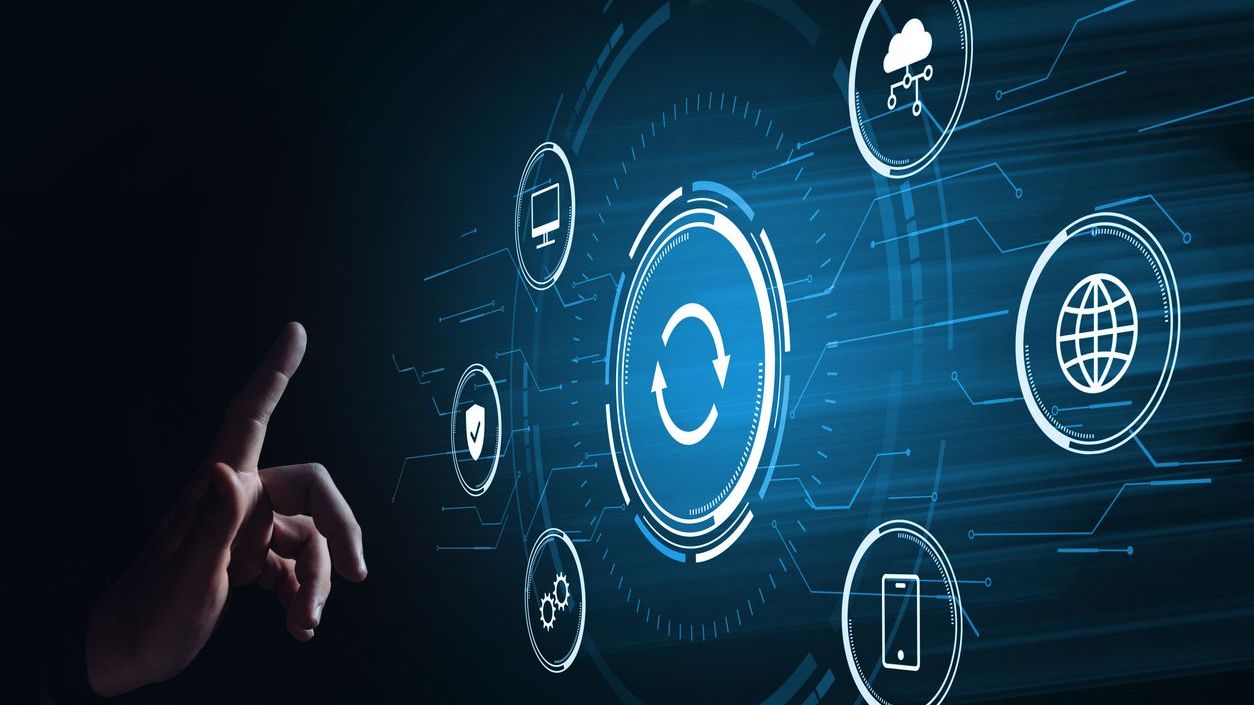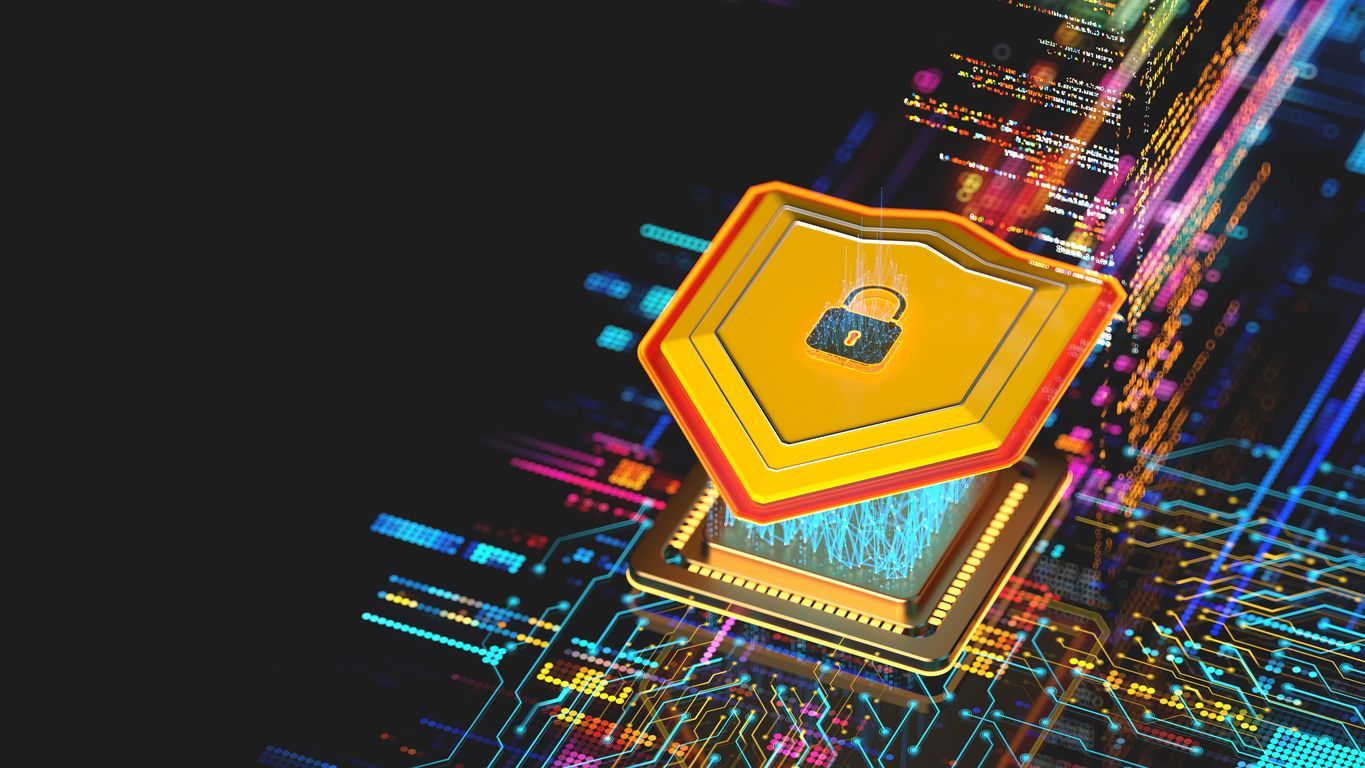Executives at Dell Technologies are celebrating 40 years since beginning in a University of Texas dorm room by updating the tech distributor giant’s channel program.
Nothing radical, according to Darren Sullivan, just refocusing on growing and modernizing the core business around clients, servers, and storage. “There’s still growth in those areas,” said the senior vice president, global partner program and operations. “Our goal is to strengthen and streamline the ways partners do business with us.”
His approach is to tweak, not make dramatic changes, Sullivan said, because partners value predictability. “We want to make progress but not create turbulence.”
Future Ecosystem
Dell seems to have shifted from its previous if-it’s-not-broke-don’t-fix-it approach to a more forward-looking strategy, according to Anurag Agrawal, analyst at TechAisle.
“[Dell is] not looking three to five years from now, but it’s building a program to support that future partner ecosystem.”
Take, for instance, the Dell Technologies APEX infrastructure — the company’s as-a-Service and subscription solutions portfolio. It changed from a primarily up-front incentive model to one that added partner access to a base rebate along with new business and competitor-replacement incentives. Those weren’t available before, Sullivan said, and now, “Partners can earn profits from anything the customer needs.”

Darren Sullivan
With a growing buyer base, Sullivan said partners can earn more now than before the change. The 3-year-old program has ramped up and has entered a mature stage, even incorporating generative AI.
“AI deployments need lots of infrastructure, mostly on-prem,” said Agrawal, “and these tweaks will help the partners.” Profitability will remain the same or a bit higher with the new incentives beyond just those upfront, he predicted.
Growing Margins Via Service
Dell’s ProSupport Plus support service has made a difference for partners in their earning potential, and partners selling Dell peripherals can multiply their base rate as much as five times in some situations. Sullivan said this program has rolled out globally, and partners are beginning to take advantage of it.
As hardware margins thin, services become more important. In response, Dell changed its Project Harmony program name to Partner ProServices, emphasizing the opportunity to sell more services.
In fact, partners can use Dell to fill gaps in their own service offerings, even on a white-label basis.
“We can now embed our services within the partners’ service portfolio so they can provide an integrated portfolio to their customers,” said Sullivan. “We want to focus partners on attaching services and attach client and peripheral products to base PC sales.”

Anurag Agrawal
Agrawal said this boils down to, “If you attach services with client solutions, we’ll add more incentives.” Partners with less than $10 million in revenue prefer to sell some services with support from Dell, and those over $25 million mostly sell their own services, TechAisle’s research showed. Those in the middle change depending on customer needs. “Shrewd move,” added Agrawal, but he hasn’t seen much uptake yet.
The Sustainability Play
One area with excellent uptake is the Global ESG Partner Spotlight Program, said Sullivan. “There’s tons of energy around this area, and partners are continually asked in RFPs about sustainability. Our partners need help in these selling cycles.”
Dell educates partners on the sustainability components built into its products, and gives them conversation points on energy consumption and ways to optimize efficiency.
Dell offers training on ESG best practices, tools, and resources to help partners integrate ESG into sales strategies, said Agrawal. These appeal to customers’ efforts. He prefers the Dell approach of developing competency areas within resellers over certifying individuals who leave and take that certification with them.
Sullivan reiterated that Dell and its partners are positioned well in the core markets and are in the forefront of growth areas like edge, multicloud, and AI.
“We worked closely with our partners,” in developing these changes, Sullivan said, and he’s excited about the opportunities ahead for Dell and its partners.
Image: iStock














